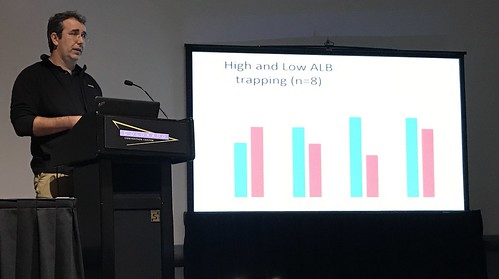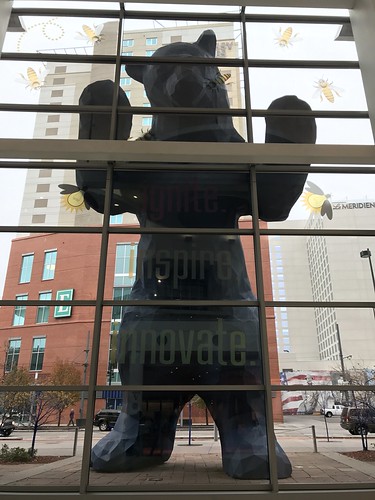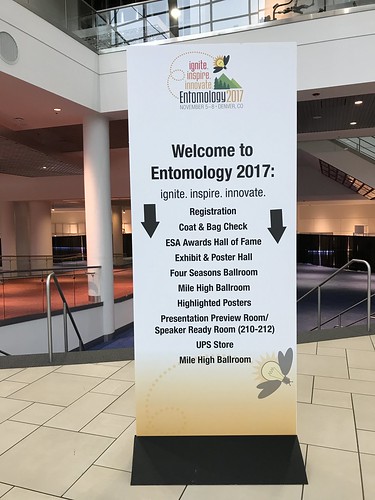
I’ve never been much into insects. But there are a handful of insects that give me the same wonder and amazement I imagine those who study insects feel.
Stick-bugs, rhinoceros beetles (yes, they actually look like little rhinos), and my all-time favorites, dragonflies.
Which is why I was cautiously optimistic about attending the Entomological Society of America’s (ESA) annual meeting this year. The agency I work for, which is the USDA’s Animal and Plant Health Inspection Service (APHIS), held its first symposium at the meeting this year. Our goal was to educate and inform entomologists about the scientific advancements in eradicating Asian longhorned beetle (ALB) within the United States – the beetle is an invasive insect that can cause significant economic and environmental impacts if allowed to establish and spread. I served as both a moderator and presenter.

Our symposium was very well attended. Over 60 people spent time learning about the insect’s spread, the new tools being used for risk management, genetic relationships between beetles, the latest on pheromone attractants, the new technologies in survey, and the latest in bio-control efforts. Ten professionals from APHIS and the U.S. Forest Service presented.
Dr. R. Talbot Trotter, a research ecologist with the Forest Service, shared his work on how ALB moves around on landscapes. Dr. Trotter said, “The ALB symposium was a great opportunity to make sure that we as researchers and educators are connecting across multiple agencies, states, academia, and industry to leverage the work being done by all of us. Without these types of meetings, we risk having researchers operate in silos and miss opportunities to leverage limited resources. These meetings are critical to making sure we work as a community, since there is no way we can tackle issues like eradicating ALB on our own.”

Even though I don’t spend my time studying insects, I was pleasantly surprised by how engaged the audience was in our topics. The symposium gave us an opportunity to share our research, gain exposure on how damaging the Asian longhorned beetle is to our nation’s tree and our communities, and connect with scientists and researchers from around the globe. And of course I got to see Denver’s 40-foot-high beloved Blue Bear sculpture.
If you’re interested in attending a future meeting, the ESA’s 2018 annual meeting will be held in Vancouver, British Columbia, Canada.
And since I am a lover of maple trees, I would be remise if I didn’t end this blog by mentioning that this past Sunday, December 17 was National Maple Syrup Day – perhaps having some maple syrup this week would be the perfect way to celebrate? And don’t forget to check your maple trees for signs of the non-native Asian longhorned beetle.

